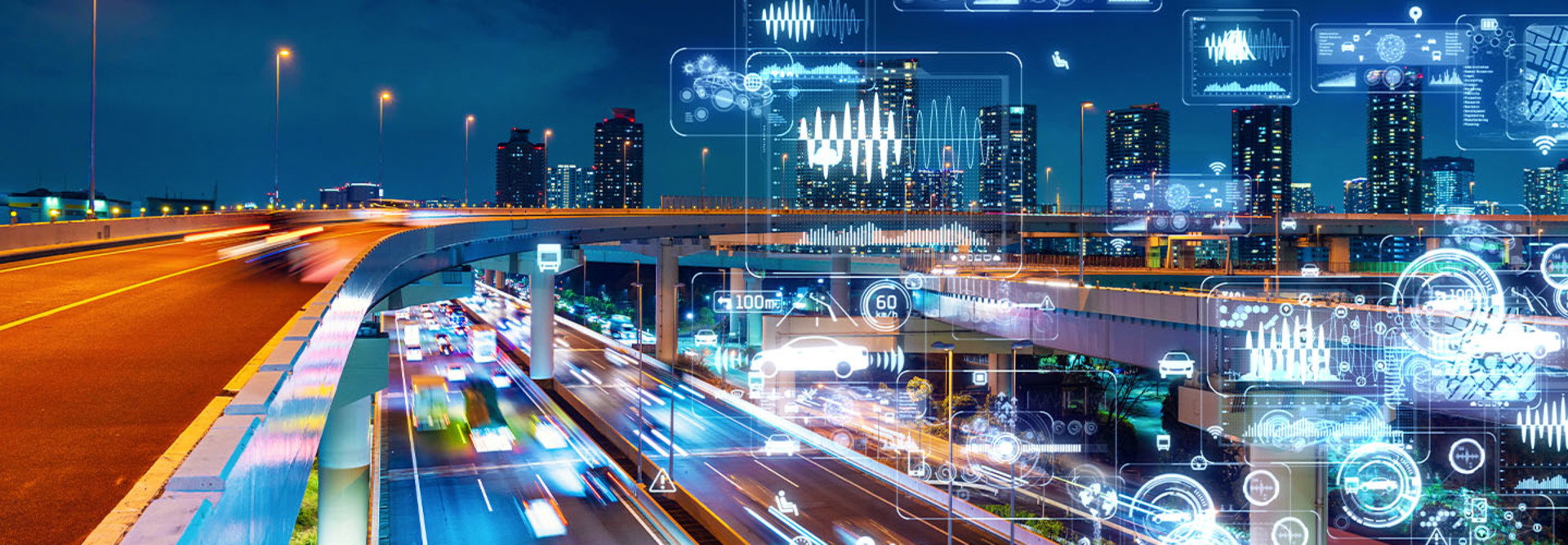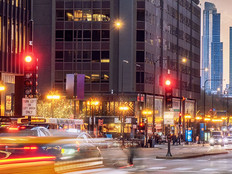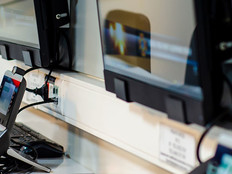Intelligent Transportation Systems Top List of Infrastructure Priorities
Cities building smart infrastructure into their operations have most commonly focused on transportation — of vehicles and people — as well as public safety and utility systems. The Infrastructure Investment and Jobs Act, passed by Congress in 2021, includes $500 million over five years for Strengthening Mobility and Revolutionizing Transportation (SMART) grants, targeted to municipal technology projects that improve transportation efficiency and safety.
“It’s a game-changing, once-in-a-lifetime investment,” says Ned Cabot, senior director of country digital acceleration in the Americas for Cisco.
He and other smart city experts see federal funding benefits extending well beyond coordinated traffic lights. Cities are evolving their use of smart technology, applying sensors and artificial intelligence to bridge the digital divide and solve other social inequities, such as education access and neighborhood neglect. Even small, rural areas have the chance to get up to smart speed.
A smart city infrastructure starts with its broadband backbone: a fiber network for high-speed internet connection across a community. A robust 5G mobile network supplements the connectivity. Numerous sensors and devices connect to those networks. The Internet of Things collects and carries data to municipal departments overseeing public works, public safety, public utilities and — most of all — intelligent transportation systems.
ITS can “drive sustainability and better resource management,” says Mike Hernon, the smart cities director for Winbourne Consulting in Arlington, Va., and a former CIO for the city of Boston. “Easier, more sustainable, greener moving of people — that is certainly the promise of ITS.”
Highly intelligent cameras along a highway, for example, can be used in a wide range of applications. They can be simple, such as variable message boards that tell drivers when to take an alternate route to avoid sitting in traffic. They can be complex, like video systems equipped with machine learning software that identifies the most important images to show control room operators in the event of an accident.
EXPLORE: How to make cybersecurity a priority for smart cities?
Smart Cities Consider the Big Picture Across Disparate Initiatives
Data alone does not make cities smart, says Nick Maynard, co-founder and CEO of US Ignite, an organization that encourages development of smart communities and public-private partnerships to further the implementation of sensor and networking technology. “They really have to pull it together and create something that’s useful for the specific decision that’s going to be made,” he says.
A truly smart infrastructure, Hernon says, depends on government and community leaders coming together to decide how they want to use the technology and for what goals. They need to get out of their silos and look at the big picture.
“You really do need to feed into a common data platform, so you can really get that integrated look,” Hernon says. “In a smart city, ideally, it’s a comprehensive approach to the whole jurisdiction and citizen engagement. So, everything the city does and provides should be coordinated.”
The new law encourages city governments to take that holistic approach by providing resources to look at the big picture, beyond the restrictions of individual projects.
“This infrastructure act is an unparalleled for cities and counties to really make progress by leaps and bounds into their smart cities,” Hernon says. “I am a big proponent for a coordinated approach with leadership buy-in from the top developing a strategy, putting in a government structure, getting multiple stakeholders in the room and looking at the financing, because the infrastructure act might not pay for everything.”












